Raising chickens can be a rewarding endeavor, providing you with fresh eggs and meat, as well as enriching your garden with their waste. Chickens, like any other animal, require proper care, here are 10 essential tools every chicken owner should have to maintain a healthy and productive flock. Ensuring you have the necessary equipment contributes to a more efficient and enjoyable experience in chicken rearing. This entails everything from feeding and hydration tools to temperature control and safety equipment. Equipping yourself with these resources lays the foundation for a successful venture into the world of poultry.
We will receive a commission if you purchase through our affiliate link at no extra cost to you. Please read our disclosure policy for more information.
Chicken Feeders
The Wonder of Chicken Feeders
A must-have within the world of poultry care, chicken feeders play a game-changing role in managing a flock. Acting as a round-the-clock provider of nutritious meals, these tools ensure your chickens will always have access to food, even when you’re not around.
One key advantage of using chicken feeders is the dramatic reduction in food waste. As anyone who’s observed chickens while they’re eating will know, they can be messy eaters, scattering their feed in all directions. With a feeder, the food is kept centrally located and in one place.
And it’s not just about minimizing waste. Chicken feeders also help to keep food clean. It may seem like a small detail, but feed that’s been soiled can harm your flock’s health. The right kind of feeder can keep the food off the ground and away from dirt and feces, preventing the spread of diseases.
Chicken feeders come in a wide array of sorts, from simple hanging designs to highly sophisticated automatic feeders. Depending on the size of your flock, you can choose from various sizes, ensuring that all your chickens are adequately fed making it one of my 10 essential tools .
There are also those equipped with anti-waste features or grids that discourage chickens from digging in their feed, keeping the scattering of food to a minimum. Some models are rodent-resistant too, deterring unwanted guests from pilfering food.
From ensuring a continuous food supply, to keeping food clean and reducing wastage, chicken feeders are a primary tool every chicken owner should have in their toolkit. Remember, the healthier your flock, the better its egg production will be.
If your looking for a highly recommended feeder, check out Grandpa’s Feeders Automatic Chicken Feeder, this is one feeder every chicken owner should have.
CLICK HERE
Chicken Waterers
Every Drop Counts
Chickens need water. It’s not really up for debate. If you’re a chicken owner, one of the essential tools to invest in is a chicken waterer, tailor-made for our feathered friends’ hydration needs. These waterers aren’t just re-purposed dog bowls or random containers filled with water. They are specifically designed for chickens to get their due amount without dirt or debris infiltrating their hydration source.
Now, chicken waterers come in various shapes and sizes, and most importantly, they range from being straightforward to automatic. So how do you choose one? It all depends on your needs and how much you’re willing to invest in your chicken’s health. See my article on the 5 best heated chicken waterers for cold climate areas.
Read Article
Efficiency in Simplicity
Beginner chicken-keepers might opt for simple chicken waterers. They may appear as mere plastic or metal containers, but remember, they’ve been designed with chickens in mind. With a simple twist, these waterers open up for easy cleaning and refilling. They are sturdy, inexpensive, and will do the job for a small flock. The essential thing to remember with basic waterers is to keep them clean and filled consistently.
The Ease of Technology
However, let’s say you’re busy, or maybe you have a more significant flock to manage. Manual refilling might not be the best option for you. In this case, you should consider automatic chicken waterers. As the name suggests, these waterers replenish the water supply continuously, pretty much relieving you from the task of keeping an eye on the water levels. Furthermore, many come equipped with features to prevent spills and leaks, ensuring the coop stays neat and dry.
So, whether your chicken estate is just getting started or you’re already a seasoned flock-master, a quality chicken waterer should obviously be a tool in your arsenal. It’s a simple, yet essential way to guarantee those clucking charges of yours stay properly hydrated. After all, a well-hydrated chicken is a happy chicken.
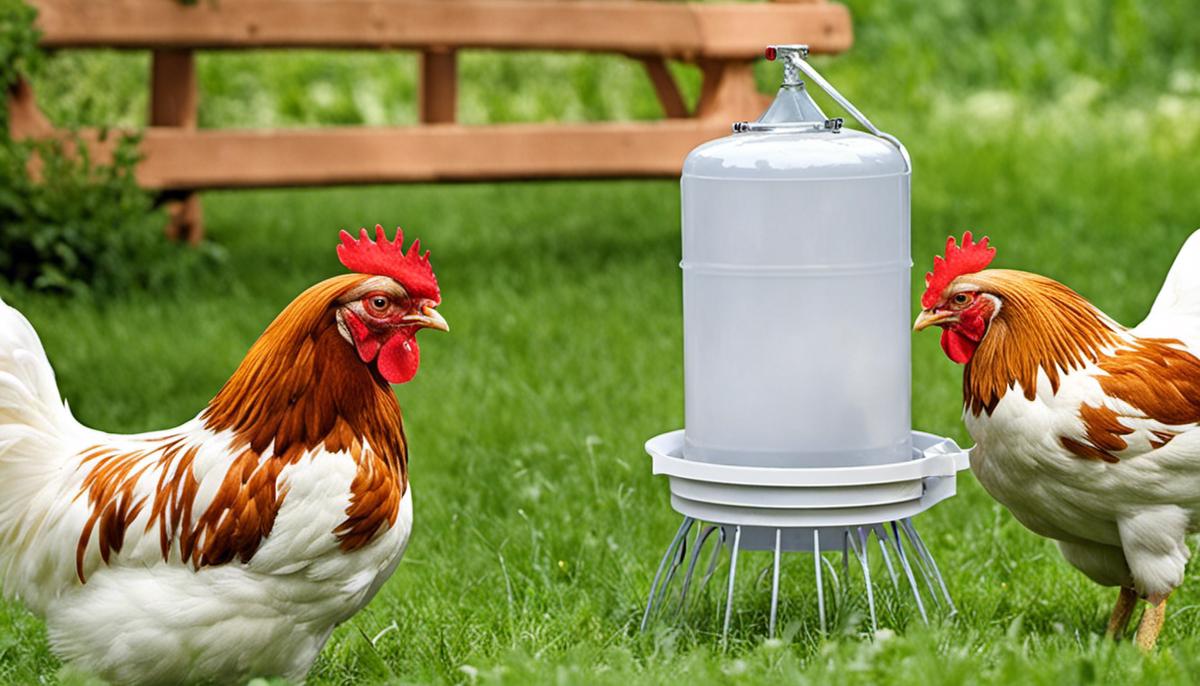
Egg Cartons
A Nesting Place for Your Clutch
Have you ever considered the humble egg carton and its vital role in any poultry owner’s toolkit? An egg carton or tray is not just a container; it’s a secure haven for your eggs, providing a safe and organized space for their storage and transportation. Most are sectioned into symmetrical cavities, designed specifically to cradle each egg, preventing movement during transportation and inhibiting cracking or breakage.
Material Matters
Plastic, styrofoam, or eco-friendly materials like cardboard and paper pulp are the common components that make up this indispensable tool. Eco-friendly alternatives like cardboard or paper pulp cartons can offer sturdy protection alongside being a better choice for the environment. They might not be as water-resistant as their plastic counterparts, but they serve just as effectively in securing your eggs and can be composted or re-used for composting needs.
CLICK HERE
Right Size, Right Carton
Egg cartons come in different sizes that can accommodate from a few to several eggs at once and even allow for variations in egg size. Whether you have a large farm with hundreds of hens or a small backyard brood, there’s an egg carton to suit your needs.
Travel-Friendly
If you’re transporting your eggs, say for selling at the local farmers market or gifting to neighbors, egg cartons come as a handy mobile home for your produce. The lid of the carton provides an additional layer of protection, and with cartons designed for easy stacking, transport becomes a hassle-free chore.
Little Organizers
Besides their original intent, egg cartons can transcend their egg-protecting role, becoming tiny organizers for an array of small items. In any chicken owner’s world, this could mean a convenient storage solution for different sizes of screws, washers, and other small equipment necessary for maintaining coops and feeders.
The egg carton – an often overlooked, unsung hero of chicken ownership. Its simplicity belies its importance, reinforcing the adage; the best solutions are often the simplest ones.
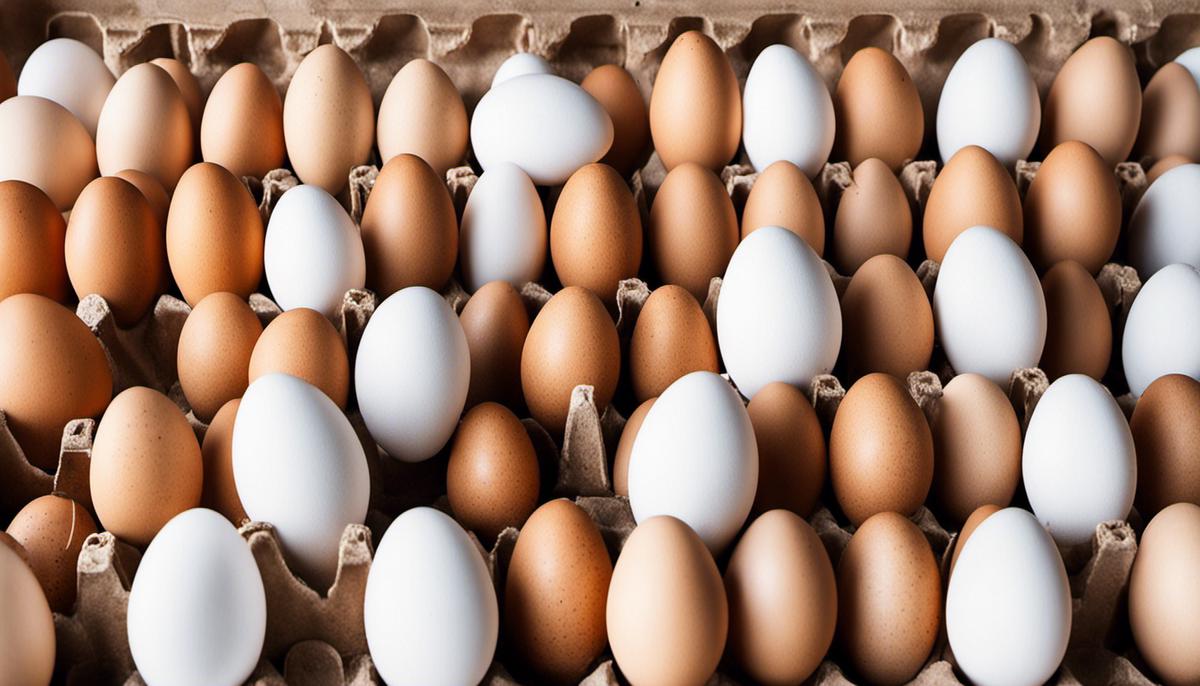
Incubator
Essential Tool for Hatching
Step into the world of hatching poultry at home, and you’ll soon realize the tremendous significance of an incubator. If you’re planning on hatching your own chicks, this appliance is non-negotiable, as you can see why this is one of my 10 essential tools. Acting as a surrogate mother to your precious eggs, the incubator works diligently around the clock to ensure the new life within each egg is given the optimal environment to grow and flourish.
Whether you want to hatch three eggs or one hundred, you’ll find all the information you need to make your poultry-raising operation a success in this great book.
In essence, it provides a controlled setting where the temperature and humidity levels can be monitored and adjusted to meet your eggs’ specific requirements. When an egg undertakes its 21-day journey from simply being an egg to becoming a fully-formed chick, the incubator mimics the warmth and humidity of a mother hen’s body – something critical for successful hatching.
The value of an incubator is more than its functionality, it’s about maintaining life. Too low a temperature and the chick inside the egg will cease developing; too high and the embryo may well overheat and perish. The sweet spot for chicken egg incubation is usually between 99.5 and 102 degrees Fahrenheit. Humidity is equally critical, with a range of 40-50% for the first 18 days and 65-75% for the last days.
Here is my number one recommendation for a fully automated incubator with built in temperature and humidity controls with an egg turning feature. Manna Pro Harris Farms Nurture Right Egg Incubator for Hatching Chicks is a top 10 essential tool every chicken owner must have.
CLICK HERE
Moreover, incubators come with a variety of features that can benefit both novice and seasoned chicken owners. Some are equipped with automatic egg turners, mimicking the natural behavior of hens as they periodically turn their eggs to maintain uniform temperature distribution. Others, with built-in candling equipment, enable you to keep track of the eggs’ development, ensuring that the embryo’s growth is on the right track.
So, if your foray into chicken keeping involves witnessing the miracle of life first-hand with hatching, investing in an incubator will be a decision you won’t regret. It’s not just a tool, it’s a cornerstone of successful chicken hatching that can make the difference between life and death for your future chicks.

Heat Lamp
The Guardian of Warmth
Imagine the coldest night of the year. The wind whistles, slips through hidden cracks as temperatures plummet into freezing extremes. Now, imagine being a chicken in an uninsulated coop, huddled with the rest of the flock, trying to get through the cold spell. This is where introducing a Heat Lamp can make a world of difference.
Heat lamps are more than just a source of light; they are a crucial element for maintaining the right temperature in the coop, especially during the colder months. They emit a warm glow and create a comforting haven for our feathery friends battling the frosty weather.
But, their utility is not limited to just one season. Baby chicks or brooding hens also require additional warmth, a pseudo sun, in their early days. Adjusted to the right height, a heat lamp mimics the nurturing warmth of a mother hen for these chicks.
Yet, Heat lamps, as beneficial as they are, warrant a note of caution. These tools can be a source of fire if not handled carefully. Always ensure that the lamp is hung securely, and there’s ample distance from flammable materials. Checking the lamp’s cord for any wear or tear is also recommended, preventing a potential fire hazard.
Safety
In my Article 10 Things Beginner Chicken Keeper Must Know About Winter Safety Section 7 I discuss artificial lighting during the short days of winter and energy efficient safe heating options. Here is a link to the artificial light and the Cozy products.
Regular monitoring and adjusting the heat lamp position as per the flock’s behavior will increase your flock’s comfort while minimizing risks. The lamp’s security and placement will often dictate a comfortable night’s sleep for chickens, or chaos.
Heat lamps are thus, a significant inclusion in all chicken owners’ kits, providing a warm shelter for the flock during inhospitable weather conditions and ensuring overall wellbeing of these chirpy home-run champions.
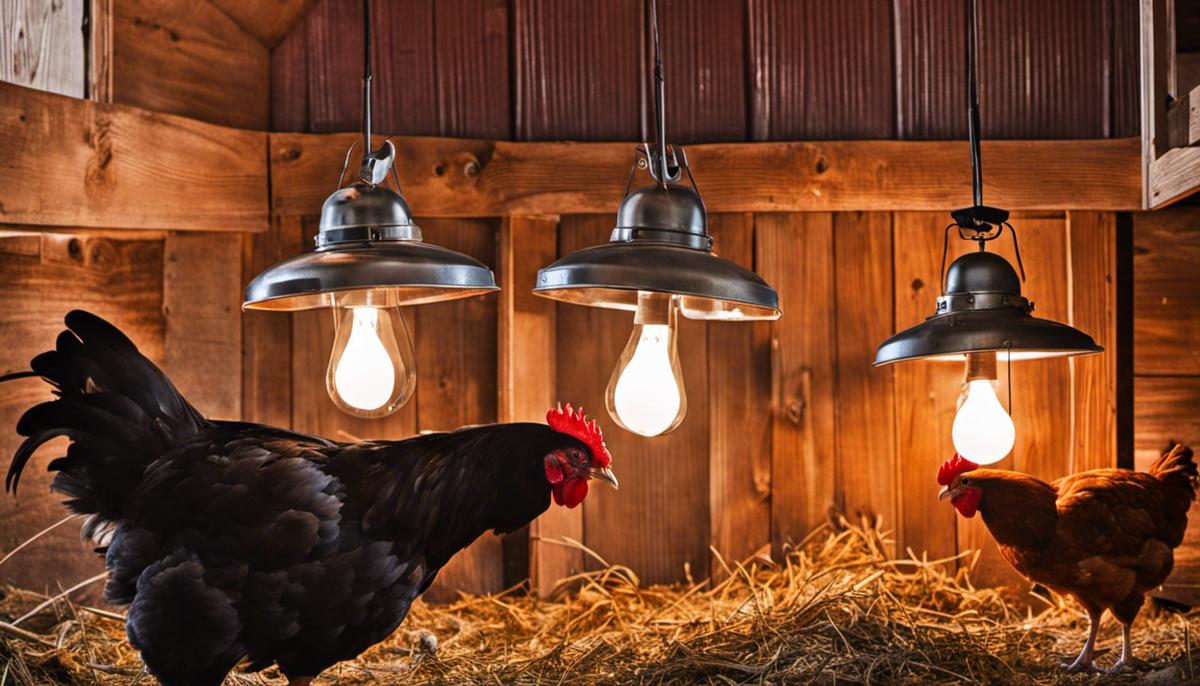
Coop Bedding
Feathered Comfort
A chicken coop is like a home to your flock, and just like any home, it must remain clean and dry for your chickens to flutter happily. Your primary defense against damp and dirt is high-quality bedding.
All-absorbing Matter
Coop bedding is not just a soft cushion for your chickens. It plays an essential role – it absorbs droppings and odor to help maintain a healthy environment inside the coop. Good bedding material can soak up a substantial amount of moisture, thereby preventing the formation of potentially harmful molds. Without it, you’d be dealing with needless smells and chicken health issues.
Straw or Hay
On first glance, straw and hay might sound interchangeable, but they have different qualities. While straw, commonly made of barley, wheat, and oats, is hollow and dry, providing excellent insulation, hay, on the other hand, is much greener and carries more nutritious value.
Wood Shavings: An alternative
As an alternative to straw and hay, wood shavings, particularly pine, are a choice you can consider. Apart from lending your coop a natural, woody aroma, wood shavings are highly absorbent and easy to clean. Avoid cedar shavings though, as they contain harmful oils.
In for Compost
One of the unique advantages of organic bedding is that it can be composted after use. When you clean your coop and replace your bedding, instead of disposing of it, consider adding it to your compost pile. It will give back to the ground as nutrient-rich compost.
Mix and Match
No single type of bedding fits all circumstances. Depending on the season and your coop condition, you might need to establish a bedding strategy such as mixing wood shavings with straw or hay to provide a blend of absorbance and insulation.
The importance of coop bedding as a tool for every chicken owner cannot be underestimated. It absorbs, it insulates, it keeps the coop clean and it contributes to a healthy chicken lifestyle.
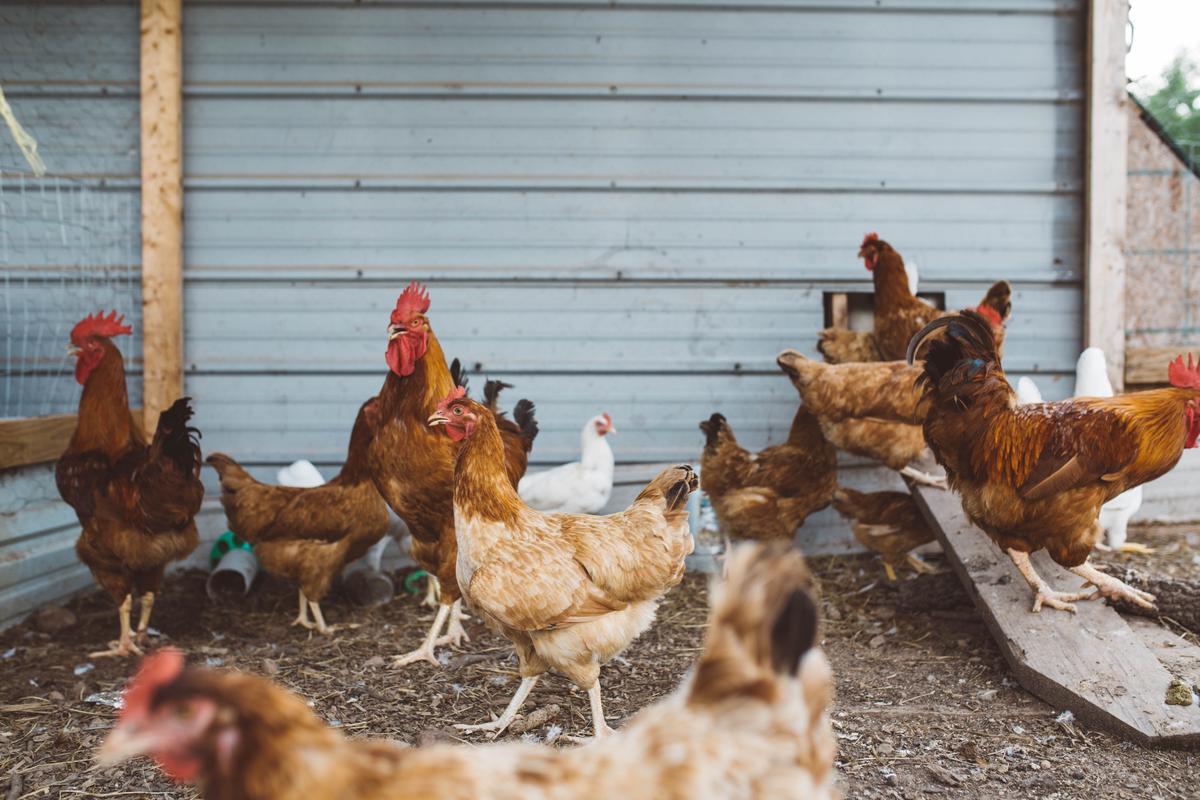
Photo by brookecagle on Unsplash
Chicken Wire
Safeguarding
As a chicken owner, your feathery friends can be more than just a backyard entertainment or a reliable source of eggs. They are a precious asset. Their safety and protection is an utmost priority. Enter the superhero of the chicken-keeping arena: Chicken Wire. Also known as poultry netting, chicken wire isn’t just an accessory but an essential tool every chicken owner should have by their side.
For beginners, it may seem just another piece of galvanized wire fence, but, for seasoned chicken owners, it’s a preventive measure, a line of defense that safeguards their flock of land fowls from would-be predators. Skunks, raccoons, and foxes are smart and agile but you would be surprised how powerless they are against a properly installed chicken wire.
Using chicken wire, you can create an almost impenetrable outdoor run for your chickens. Whether it’s a fence around their ground territory or an adeventure-filled tunnel system, chicken wire can transform your poultry-space into a fortress without a fuss. With its flexible nature, you can form it however you want. The grid-like structure adds not only durability, but also allows the chickens to roam freely without obstructing their view.
Apart from an outdoor run, chicken wire is equally effective in fortifying their housing – the chicken coop. After all, your birds need a dome of safety over the heads as well. Coupled with a solid door and secured corners, chicken wire can deter predators from even attempting to breach the coop.
Multi-faceted-Utility
What’s more impressive is the multi-faceted utility of the chicken wire. Apart from fencing and fortifying, it’s also used to separate brooding hens, create nesting boxes, or to keep feeders suspended. Chicken wire is, rightly so, the Swiss army knife of poultry tools.
Chicken wire’s utility isn’t confined to just safety measures. It doubles up as a helpline during snowy winters or heavy rainfalls acting as a barrier to snow and rain, thus keeping your flock dry and comfortable.
As a chicken owner, investing in chicken wire could be one of the most insightful decisions you make. It not only empowers you to do more for your flock but also equips you against most outdoor threats. So with this fundamental tool in your poultry armoury, you are not just a chicken owner but a protector, a guardian of your flock.

Roosting Perches
Imitating nature is often the smartest approach when raising chicken, and adding roosting perches to their living space isn’t an exception.
Chickens are instinctively drawn to these elevated bars, seeking safety and comfort in high places when dusk descends. A perch lends a hand in creating an environment that mirrors their natural habitat, catering to their instinctual behaviors.
Constructed from a range of materials such as wood, metal, or even durable plastic, roosting perches are a necessity that cannot be overlooked.
They can be custom-made or store-bought, but their presence in your chicken coop is non-negotiable. Chickens tend to sleep by perching, balancing on one foot, tucked up cozy and secure. By providing them with this elevated haven, you cater to their needs and ensure their comfort.
Roosting perches are not only beneficial for a chicken’s comfort but also for their hygiene.
Chickens tend to leave behind droppings throughout the night, and if perches are absent, their resting places – typically nesting boxes – quickly become unhygienic and attract bugs. Roosting perches solve this issue by keeping sleep and poop separate, maintaining cleanliness.
However, it’s not just about setting up the perches.
Keep in mind that placement is just as important as the perch itself. Position your roosts higher than the nesting boxes, but not too high that your birds might injure themselves. Remember, chickens love hierarchy, and they will naturally compete for the highest perch. Also, ensure adequate space between each perch to avoid conflicts and pecking order problems.
Addition of roosting perches transforms a run-of-the-mill coop into a place that chickens truly consider home.
This small alteration uplifts their quality of life and contributes to their overall wellbeing, making it an essential tool in the entire chicken raising experience.

Poultry Shears
The Chicken Owner’s Companion
Poultry shears are an absolute must-have, a great companion for any chicken owner. This one tool fulfills various functionalities, becoming an indispensable ally in every chicken keeper’s arsenal. From culling chickens to trimming their fluffy feathers and even cutting up their food, poultry shears are designed to handle a multitude of tasks.
What Sets Them Apart
Unlike regular scissors, poultry shears are designed with a keen edge and robust build capable of delivering exceptionally clean cuts without causing unnecessary discomfort to the chickens. They are particularly sharper and much sturdier. This quality ensures longevity and durability, making poultry shears an investment that every chicken owner should not overlook.
Ease of Use
As a chicken owner, you know that sometimes you need to get things done fast. Poultry shears are straightforward to use. They’re designed with a comfortable grip, allowing chicken keepers to handle even the most demanding tasks with ease and efficiency.
Additional Roles
Poultry shears are not just limited to culling, trimming feathers, and cutting food. They’re also an essential tool for basic chicken healthcare. If you need to cut vet wrap or gauze, turn to your trusty poultry shears. You won’t be left wanting.
Investing in Quality
Investing in a good set of poultry shears is a wise move. Get a pair with stainless steel blades for longevity and a grip that is comfortable enough for regular use. Regardless of the number of chickens you own, quality poultry shears can significantly influence your chicken-raising experience. They are a crucial tool for ensuring that your flock is well-cared for and maintained, amplifying the joy of raising chickens.
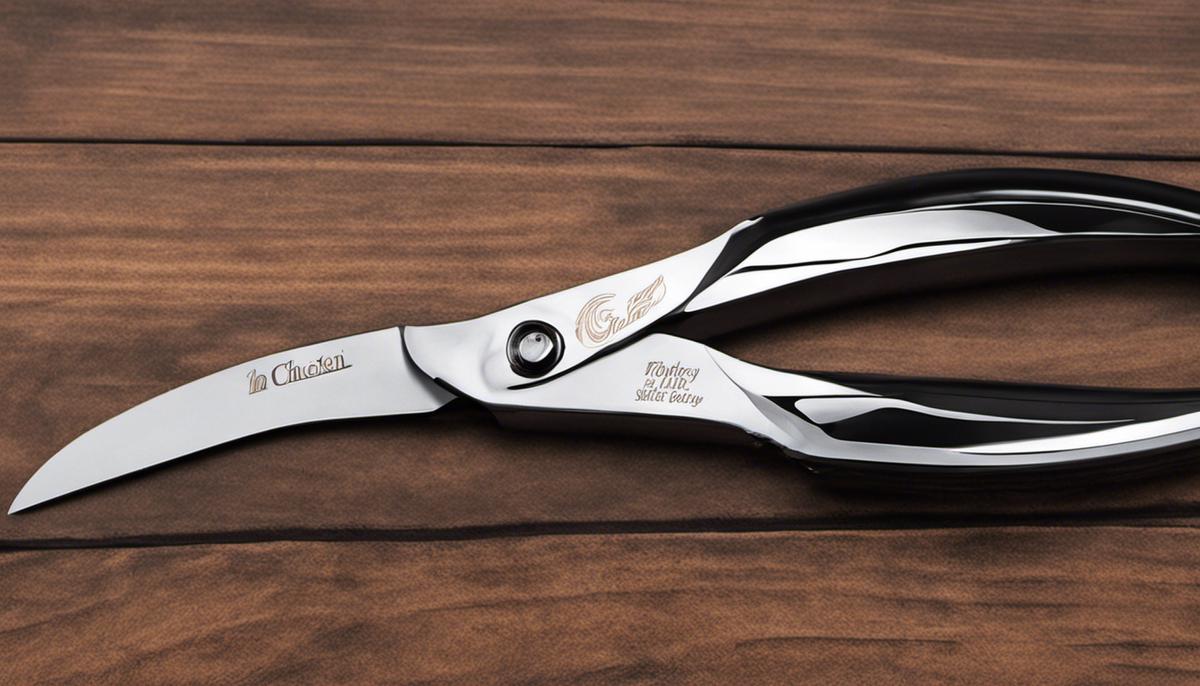
First Aid Kit for Chickens
The Chicken Health Care Kit
As any seasoned chicken owner will tell you, having a first-aid kit specifically dedicated to your flock is not just a good idea, but essential. Just like for humans, the health emergencies of chickens aren’t scheduled and are unpredictably spontaneous. Being prepared means you are equipped to handle the minor health hiccups that inevitably arise with chicken rearing.
Stock this kit with a variety of essential tools to ensure that should something happen, you’re not running around in a panic searching for a bandage or tweezers. These items will not only help you administer first aid when needed, but will also allow you to identify potential issues before they become significant problems.
Think of things such as bandages. You’ll need a variety of sizes that are easy to cut. These would be essential for covering wounds or binding broken bones until veterinary care can be sought. Tweezers, too, make precision tasks such as removing splinters from soft chicken feet or extracting lice simpler.
Where to buy?
If you’re like me when you first heard of a first aid kit for your chickens you thought where do I purchase, to make it easy I have a link.
Click Here.
Do make sure to include branded or homemade wound spray. Antiseptic treatment for potential wounds, scrapes, or blemishes can offer speedy recovery and are especially beneficial if your chickens are a bit too feisty with each other.
Brooding over your birds’ hydration, you should also consider adding electrolytes to your kit. These are important for treating and even preventing illnesses like heat stress, especially during those scorching summer months. Along with giving a hydration boost during illness or in other crisis situations, electrolytes are a go-to when your chickens need a pick-me-up.
Other important items that will come in handy are a stethoscope for checking heart rate, a thermometer for identifying unexplained temperature, vet wrap for bandaging, and gloves to keep you and your chicken safe during any treatments.
Knowing that you have a well-stocked first-aid kit may not stop health issues from arising in your flock, but it certainly ensures that you are prepared and capable of providing immediate and swift care when they do. This kit serves as a safety net for you, giving you that added security and peace of mind while handling your feathery friends.
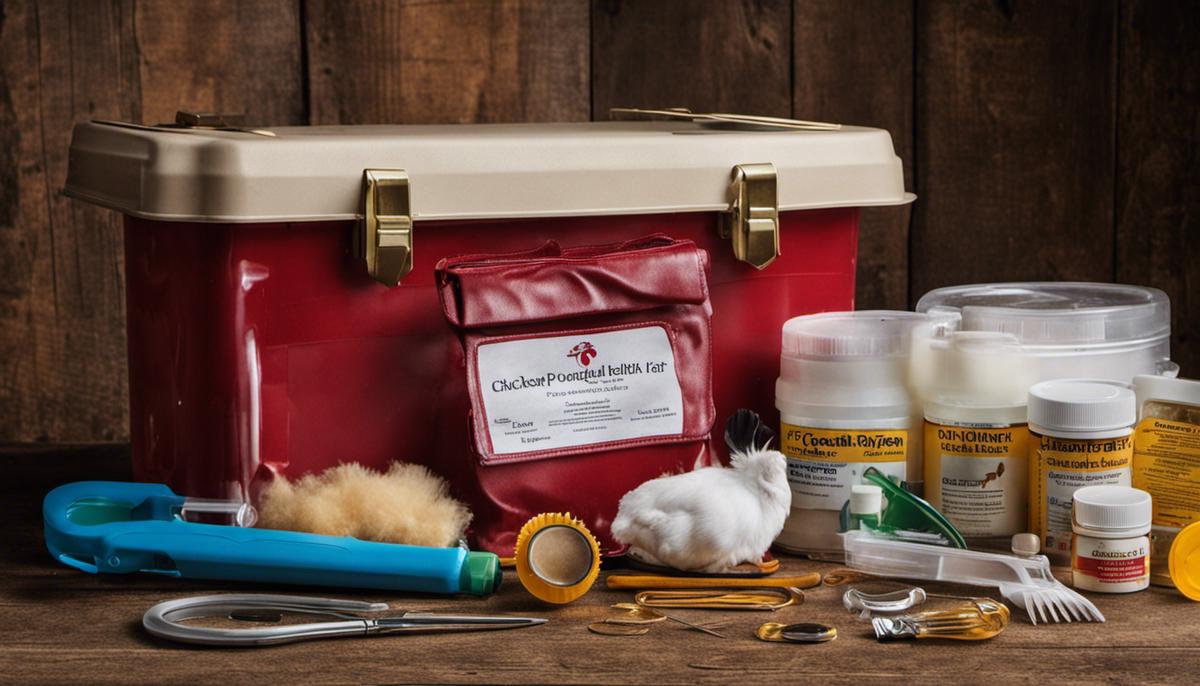
Maintenance and care are integral parts of chicken rearing. Investing in the necessary tools such as chicken feeders, waterers, egg cartons, an incubator, and others mentioned in this discussion, proves beneficial in the long run. It streamlines the process, ensures the comfort and health of your flock, and increases productivity – whether in terms of egg-laying or meat. Hence, these tools are more than just essentials, they are the backbone of a thriving poultry rearing experience. So, whether you are a beginner getting your first flock or an established chicken owner, these tools are indispensable to successfully raising chickens.









